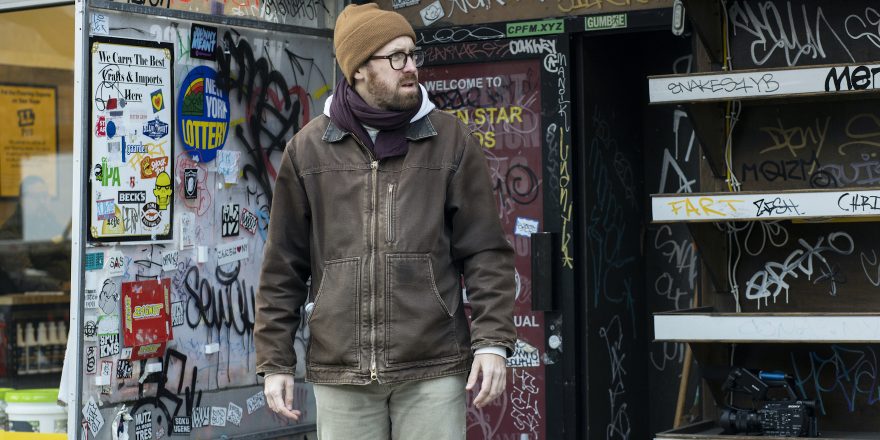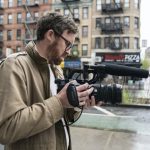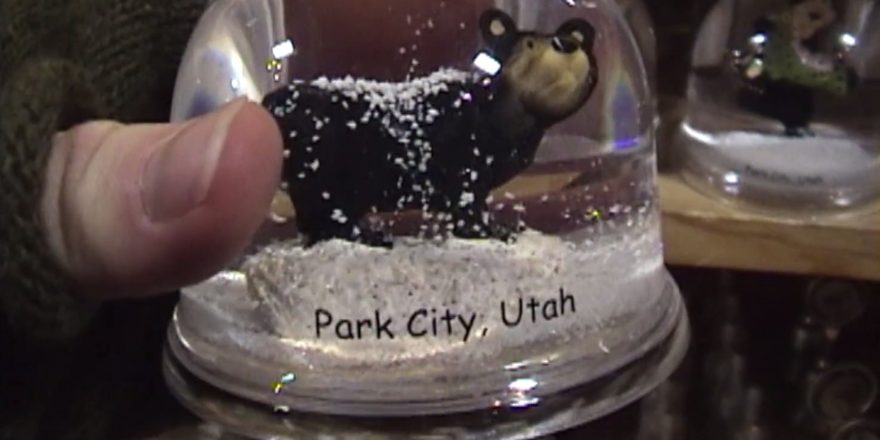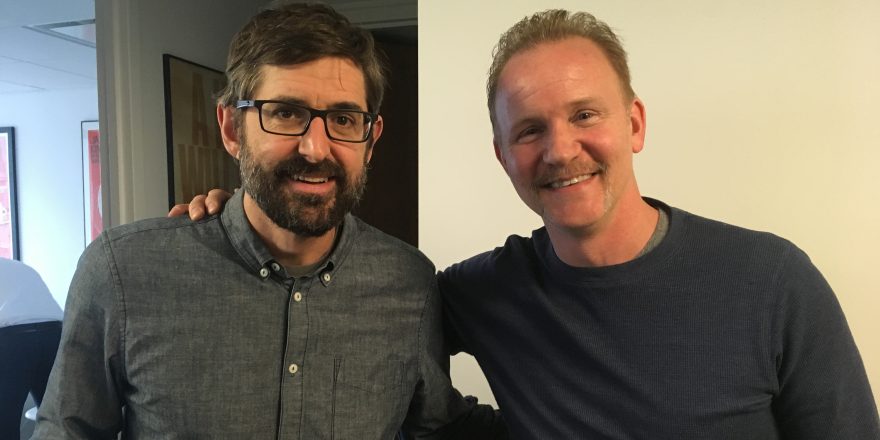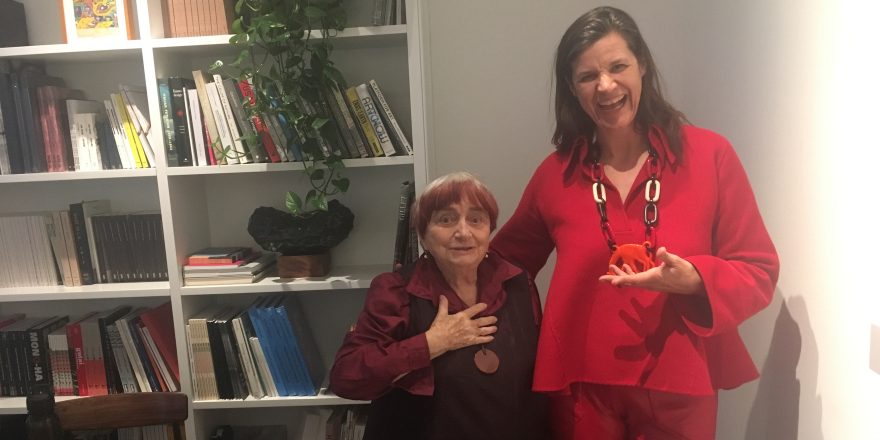I was interviewed recently and the journalist asked me who some of my major influences were and I completely choked. It was one of those questions that I’d always dreamed of being asked, but suddenly it was impossible for me to remember anything or anyone that had ever inspired me. I haven’t been able to stop thinking about it and now that I’m back in quarantine, I’ve decided to write a few of them down so I don’t forget again.
When I first started getting into documentary, I didn’t have any money so I began making internet tutorials by myself because they didn’t require any production value and I could make up all the rules. I was in no condition to be giving anyone lifestyle advice, but the “How To” format gave me a very basic framework and unlimited freedom to experiment with different documentary techniques.
A movie that I think about all the time when I’m filming is The Decline of Western Civilization Part II: The Metal Years by Penelope Spheeris. She’s more famous for directing Wayne’s World and The Little Rascals, but I think her documentary work is tops. I really love how you can feel her presence the whole time because she addresses people from behind the camera. There’s this amazing scene where she’s interviewing Ozzy Osbourne and he’s cooking breakfast and making a huge mess while talking about all this depraved stuff. That’s when I realized that giving someone an activity during an interview can make it so much more dynamic – kind of like how in Law & Order they always approach people on the street and interrogate them while they’re loading boxes onto a truck or managing a busy shop floor. I think it also makes people a lot more comfortable when they have an activity or a prop to keep their hands busy.
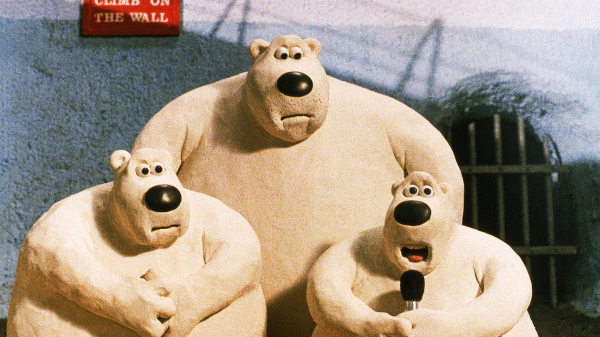
I like to use a handheld corded microphone every now and then, because I like to be physically attached to whoever I’m talking to. That way, the interview doesn’t end until I take the microphone back from them. People also like to have something to hold, because they never know what to do with their hands when they’re being interviewed. There’s a great stop-motion animation by the guys who made Chicken Run called Creature Comforts, where a bunch of animals in a zoo are being interviewed with a handheld microphone. I think about that a lot when I’m composing shots.
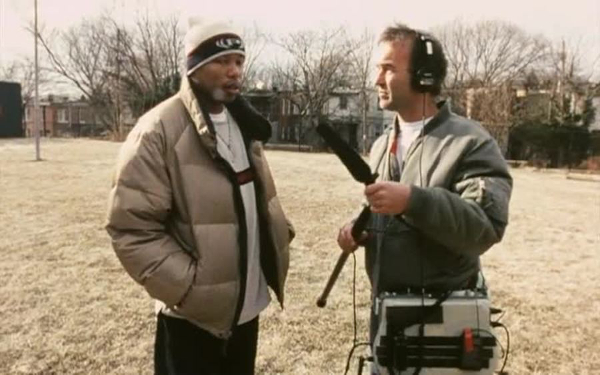
Nick Broomfield is another documentarian who I love, because he’s always on screen talking to people but he’s also the sound guy, so he’s covered in this clunky gear and is holding a boom mic. It gives a really unique vibe to all of his interviews, because there’s no artifice about his relationship with the subject. He is a walking recording device and his subjects are talking to him. I also think it’s disarming, as some people may assume that any shot with a sound guy in it is unusable, so they can say whatever they want.
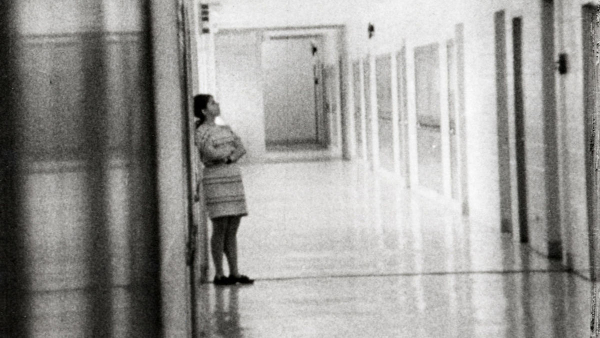
I think the Frederick Wiseman movie I’ve seen the most is High School, but they’re all exceptional. I was living in Cambridge, Massachusetts, for a few years and the library there had every single one of his films on DVD, because he also lived in the neighborhood. I remember going to the premiere of his film Crazy Horse at the Brattle Theatre; afterwards, I started to follow him home and ran up to him like a thief to ask him a stupid question about whether people react differently to the camera these days, to which he replied “no” and kept walking. I was mortified.
Then there are movies like Chantal Akerman’s News From Home, which is such a beautiful New York City memoir. The voiceover is all letters from her mother back home read over a bunch of long shots of 1970s New York. David Holzman’s Diary was another big one for me. The voiceover is dry and funny and there’s an amazing scene where the title character records a single frame of every shot on his television over the course of a night. It’s such a cool experimental flourish that also works as a time capsule of the culture on an otherwise unremarkable day in history. Agnès Varda is great, too. I love The Gleaners and I.
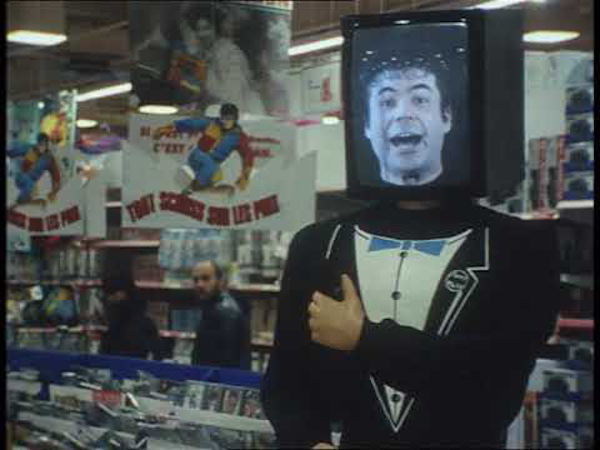
Speaking of French people, there’s this movie called Toujours Plus by Luc Moullet that I desperately need a translation for. I have no idea what he’s saying in this movie, even though I’ve watched it dozens of times. I still can’t find subtitles. It’s just a beautiful portrait of a French supermarket in 1994. The entire thing is voiceover-driven. I love the way he shoots little details and focuses on the traffic patterns and the way people interact with a space that has so many strange rules and customs. If anyone has an English subtitle for that movie, I’ll buy you a hot dog.
I always really liked Bruce Brown, because he seemed so earnestly stoked by whatever he was talking about. I may have seen The Endless Summer more than any other documentary, and I don’t even like surfing. His V.O. is really gentle and kind, and at the end of each one of his movies, he thanks you for watching. That always makes me get emotional.
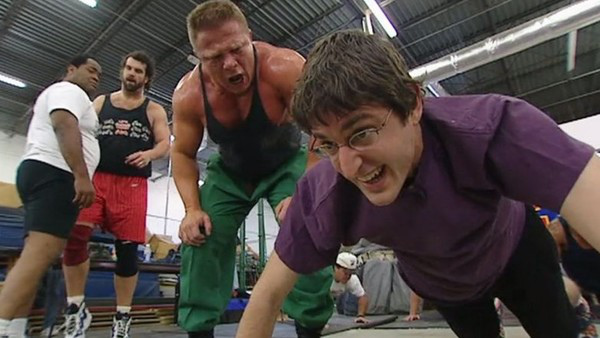
I’m constantly evangelizing about Louis Theroux. He’s been doing his own stuff on the BBC for decades and I think it’s so cool that you can become a career documentarian funded by the state. He always picks really complex material and often gets his subjects to reconsider their own moral certainty about something they’ve devoted their life to. Unfortunately, it’s kind of hard for people to watch his stuff because the BBC iPlayer is evil and won’t let you watch anything if you’re in the U.S.
I also really like watching compilation videos on the internet. Fastest workers, dashboard cameras, etc. They have this Koyaanisqatsi flavor to them, where every image is beautiful and you never know what’s gonna come next.
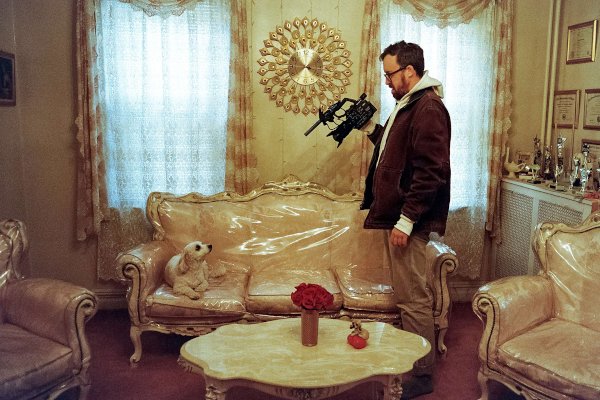
True-crime novels are also great for inspiration, because they use very inventive ways of dramatizing non-fiction. Ann Rule’s The Stranger Beside Me about Ted Bundy is one of the greats. The Journalist and the Murderer by Janet Malcolm is a really compelling book on the ethics of the relationships that journalists have to navigate with subjects. I’d recommend anything by Gay Talese as well. His book Thy Neighbor’s Wife was really inspiring, because he actually implanted himself inside a polyamorous commune in the ’70s in order to write accurately about the people within it. It became a bit of a scandal and ended up damaging his marriage.
Essayists like Joan Didion made me want to frame personal stories within historic events. Jessica Mitford made me want to make an exposé. Joseph Mitchell made me want to record as much of contemporary New York as I possibly could. I could go on, but I was told this shouldn’t be more than 1200 words, so that’s it for now. Thanks for reading!
Featured image of John Wilson in How To With John Wilson by Zach Dilgard/HBO.



